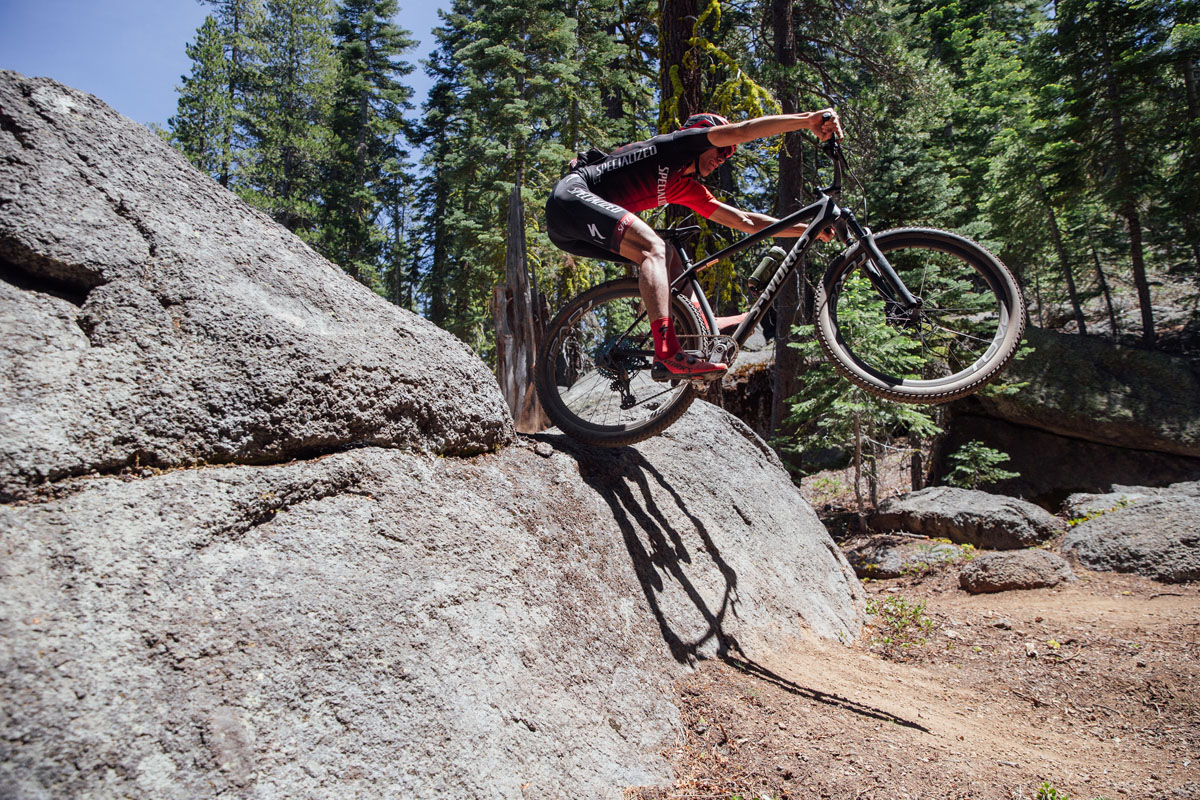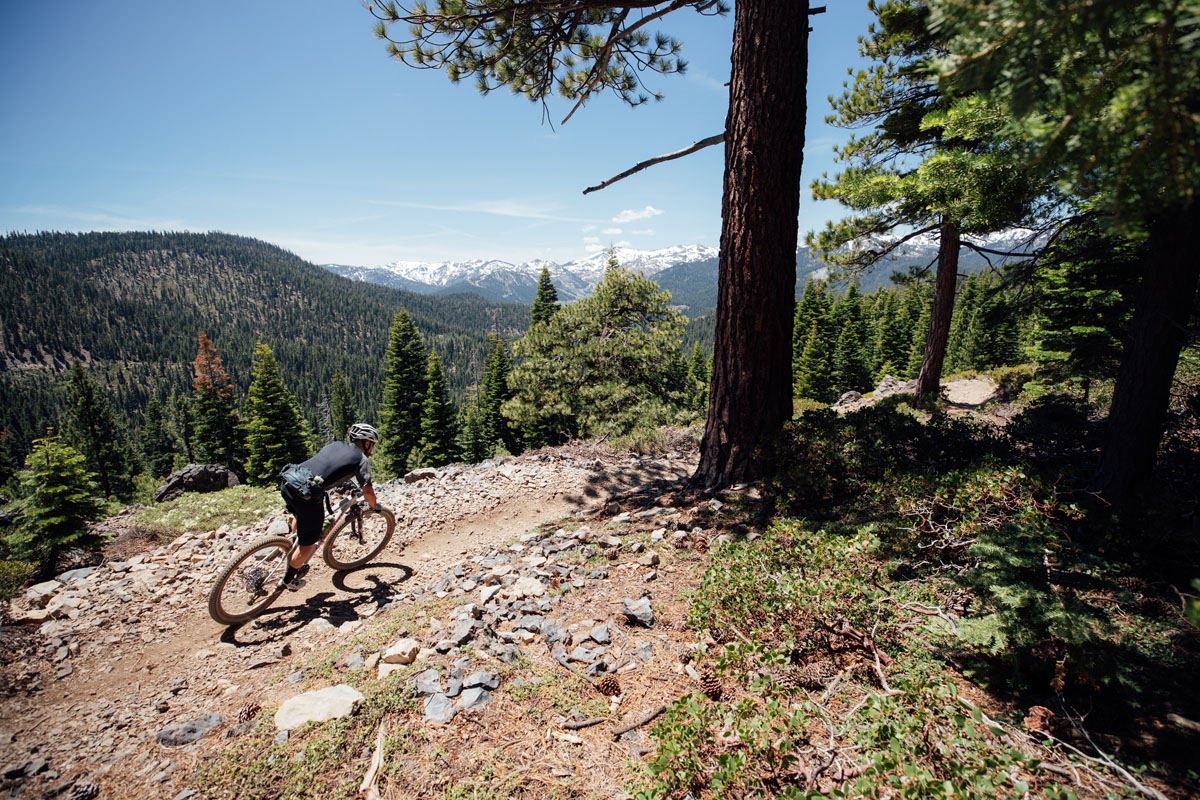For a hardtail, there’s a lot going on with the new Specialized Epic HT. While weight will always be an important factor for the XC race set, it wasn’t the main priority for the new bike. Instead, Specialized wanted to make a bike that was more capable and more comfortable while still fully race capable. It also just happens to be the lightest hardtail frame they’ve ever produced.
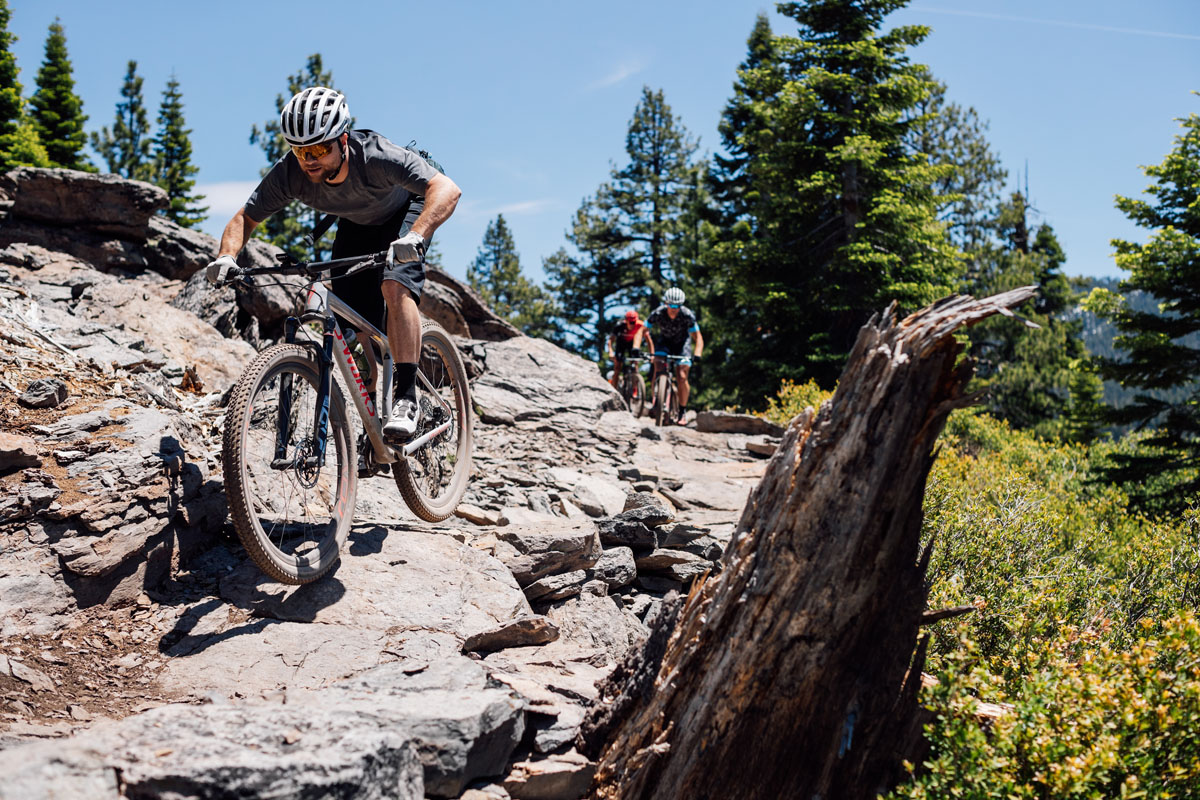
To get a taste of what the Epic HT has to offer, Specialized gave us a chance to ride the bike near Northstar Resort in Lake Tahoe. Realistically, some of the trails we were to ride would be more technical than your average cross country course, but that was kind of the point. The whole idea was to have a more capable bike – at least more so than the average XC bike.
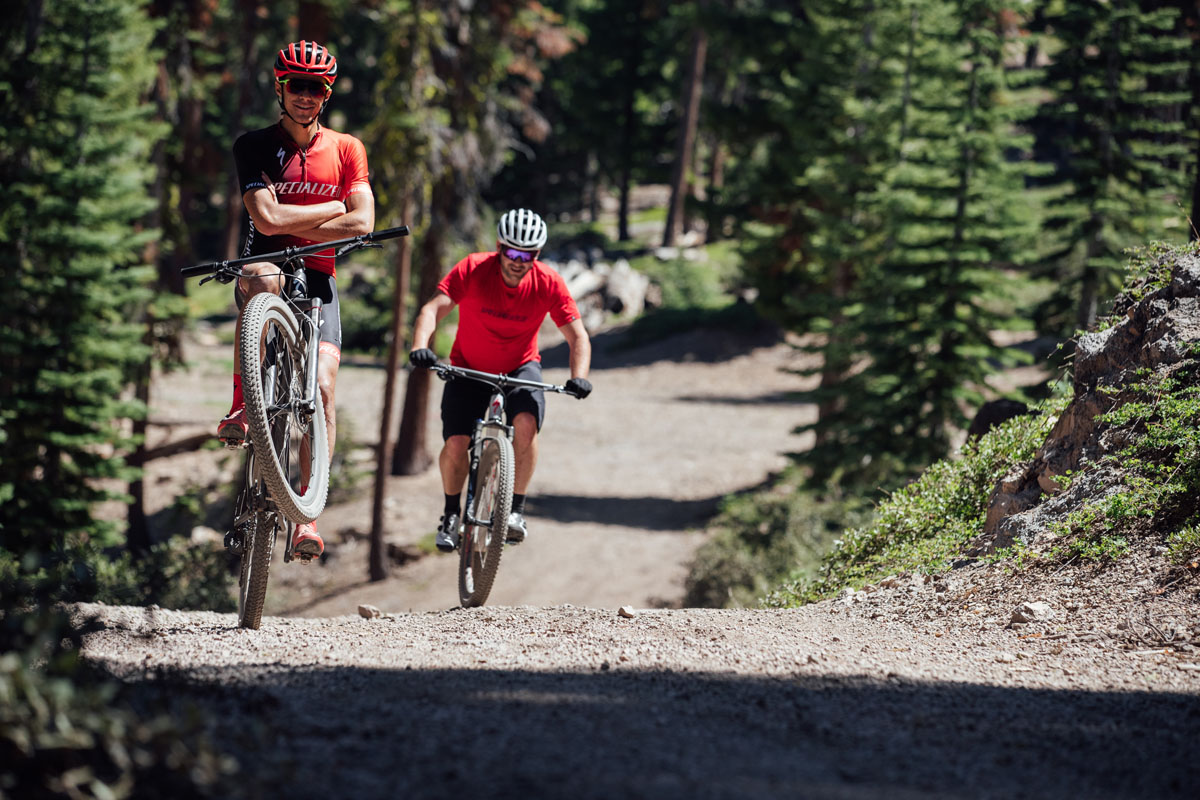
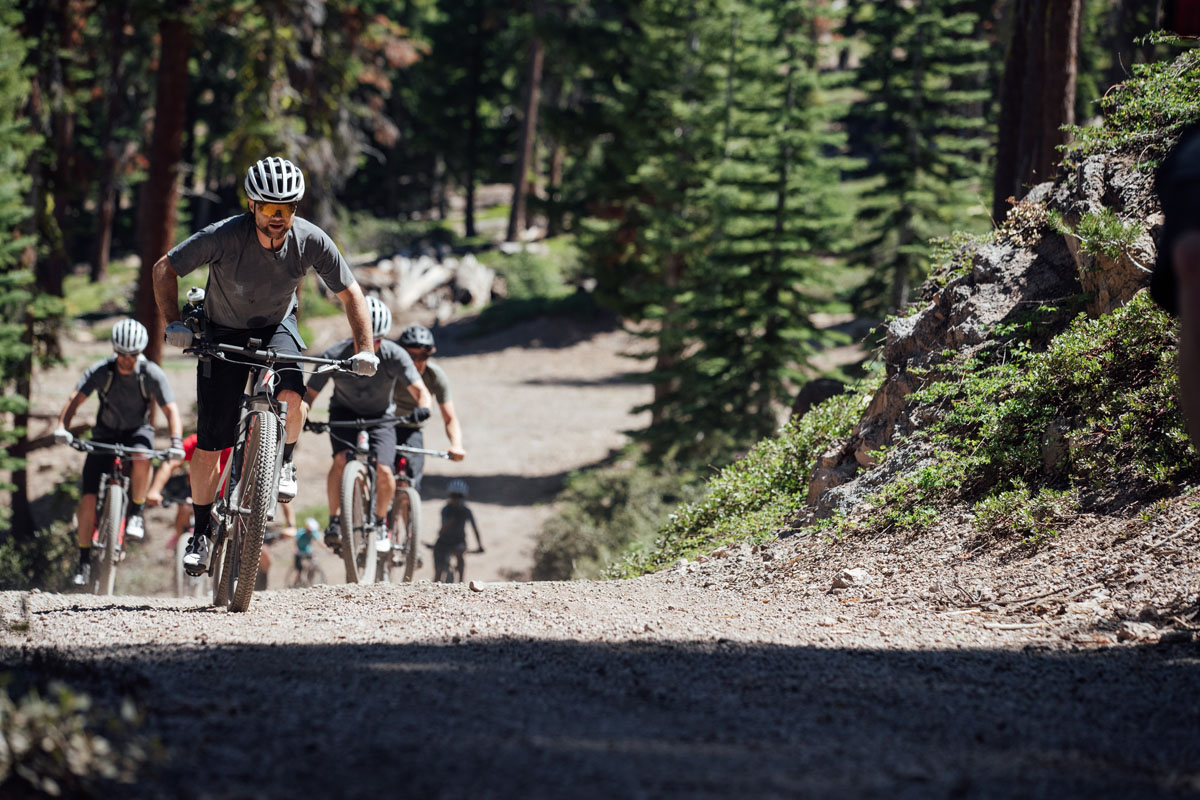
Our ride started by going up in proper XC fashion. On a dusty fire road, the Epic HT immediately presented its willingness to climb. Obviously, any XC race hardtail should be quite adept at climbing, but the Epic seems to excel possibly due to a noticeably smoother ride quality than many ultra light bikes. I’ve ridden plenty of carbon hardtails that were so focused on weight and stiffness that the ride quality suffered terribly. That is not the case here.
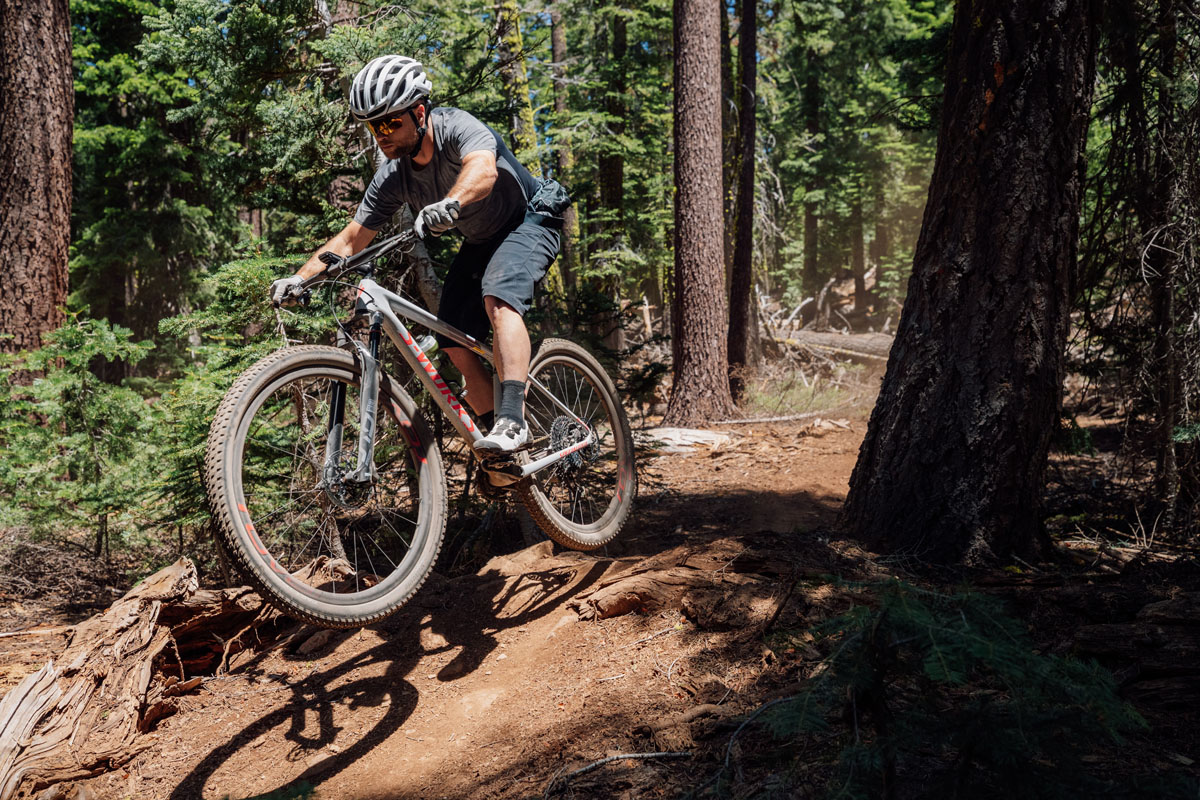
The Epic HT continued to hit that fact home as we high posted down some technical trails, often forgetting that very fact. Granted, it’s still a hardtail. It’s not like the frame magically feels like it has suspension. Instead, it just feels less jarring, and more predictable when bouncing through rough terrain. If high posting isn’t your thing, the new 30.9mm seat tube allows for better droppers to be used as well.

The new Brain fork is pretty good, but still takes some getting used to if you’re coming from a standard fork. The fact that the suspension is free to travel 20-25mm before engaging the platform is great. But that hard stop for the platform is still pretty abrupt, even with the force to open the valve adjusted to the lowest setting. In all honesty though, it seems like a good compromise between fans of the Brain who want the most efficient suspension possible and fans of regular forks who prefer that it soaks up all the hits, without having to activate a platform damper first.
This happened to be my first ride on the new SRAM AXS Eagle XX1 drivetrain, which seemed to function just as well as a mechanical group without the cables. The positioning of the shifter may take some experimenting to get right since the paddle shape is different, but that was really the only difference I noticed during set up. Specialized goes as far as equipping the S-Works Epic HT AXS with a Quarq XX1 powermeter, which makes sense for an XC race bike at this level. As reviewed, the bike costs an impressive amount – $9,520. But there is an S-works XTR build that drops a grand off the price. There’s also a number of other builds that use the slightly heavier FACT 11M carbon frame available at much more attainable prices all the way down to $2,120.
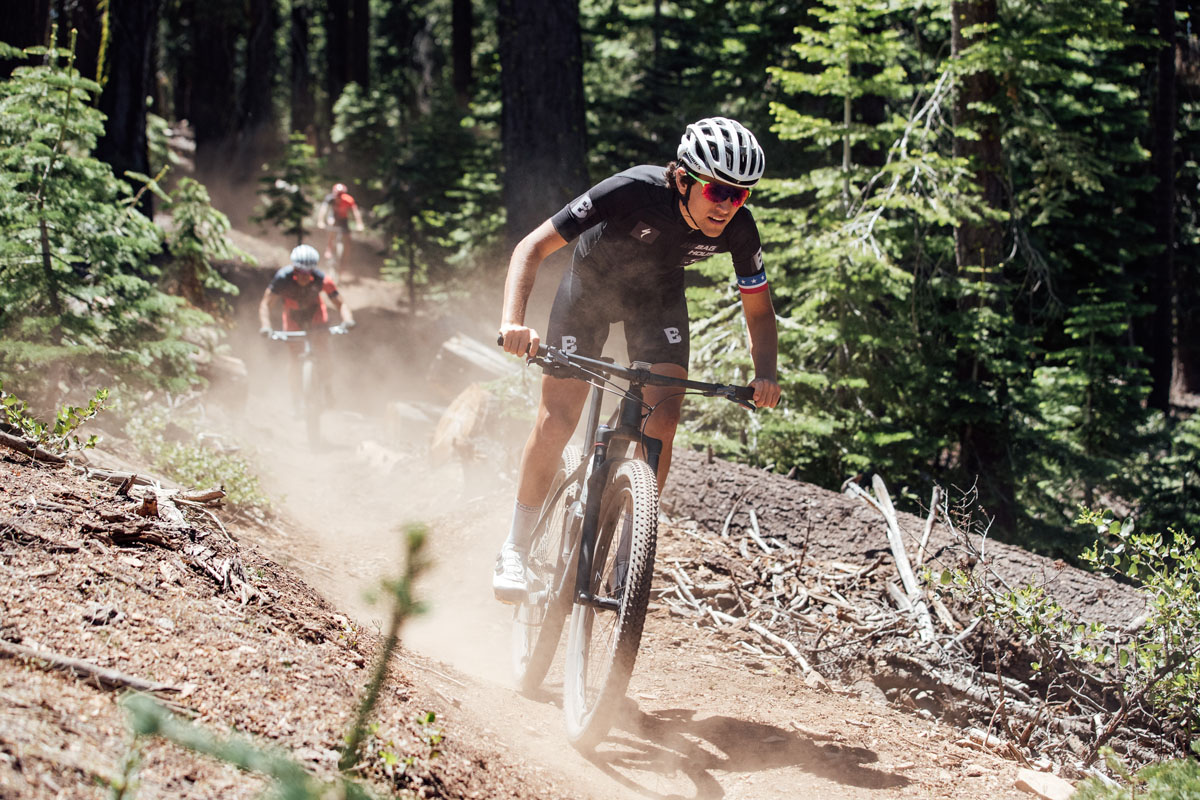
Overall, the Epic HT seemed to impress. Just by nature of it being a racy hardtail, this isn’t a bike that I would normally seek out. But the ride quality, and ability to run a better dropper post and some bigger tires means that this bike should satisfy a lot of riders, not just racers. In the end, the Epic HT is as light as ever, but it’s also a more well rounded bike which seems like a win-win.
For all the technical details of the new Epic HT, check out the first post here.
